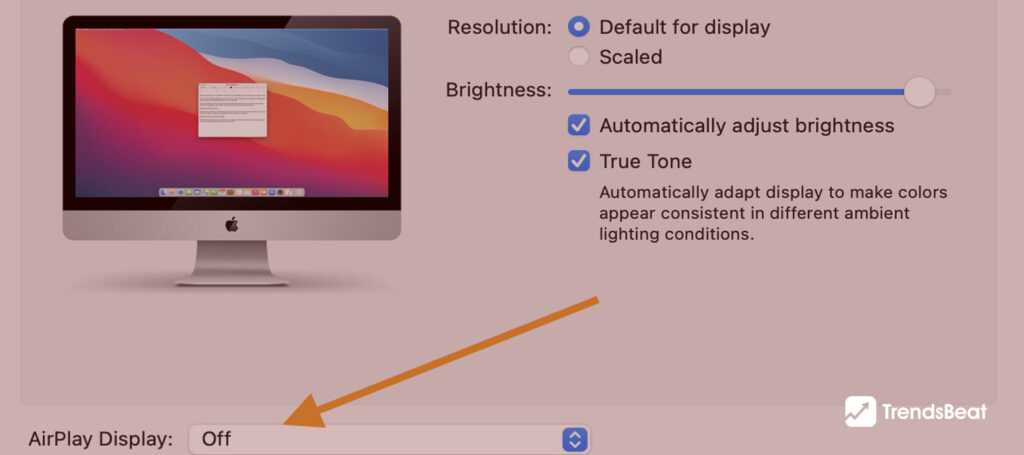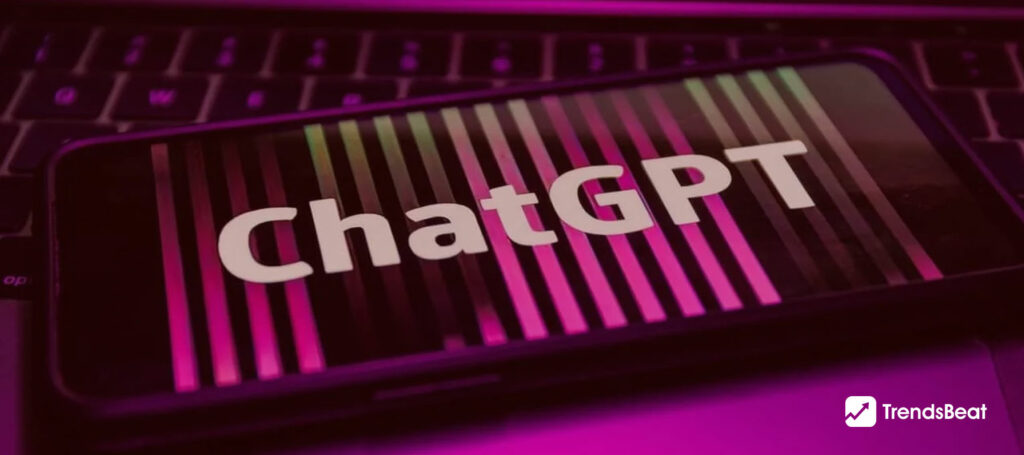Warning: Scammers Spoof ChatGPT To Spread Malware

The fastest-growing app of all time, ChatGPT, has taken off in just a few short months. Of course, hackers are already taking advantage of the popularity of OpenAI’s AI chatbot to defraud online users. Researchers in cybersecurity have already found hundreds of newly registered domains that use the keyword “ChatGPT” for a ChatGPT malware scam. The most recent illustration of a ChatGPT malware scam is a bogus ChatGPT desktop client for Windows that contains a Trojan virus. Cybercriminals build fictitious ChatGPT groups or pages on social networking sites and promise users faster access than other clients.
Several of these domains are already being weaponized for evil reasons, albeit not all of them will be. Hackers that use artificial intelligence in complex attacks are a new threat that cybersecurity experts have been warning about recently. Hackers are utilizing ChatGPT’s popularity to their advantage by making fraudulent versions of the program and disseminating them via email and social media. Threat actors promise victims continuous, free access to ChatGPT’s premium (paid) version to get them to download the malicious programs. The criminals use a combination of the official (Google Play Store) and unofficial (third-party) Android app stores to advertise fraudulent websites on social media.
How Does ChatGPT Malware Scam Work, And What Are The Potential Consequences For Users?
Based on the input of information or the questions that are asked, the ChatGPT can generate intelligent responses. Although groundbreaking, it has been shown to be harmful. Software is frequently able to learn sensitive information about people and organizations since its training comes from a vast text corpus. As things are right now, anyone may open an account, making it a potentially useful tool for attackers. The possible repercussions of ChatGPT falling into the wrong hands have specialists in a frenzy. There are already instances of attackers revealing their attempts to replicate malware outbreaks and dark web marketplace programs utilizing ChatGPT on underground hacking forums.

The software enables attackers to automate their actions while avoiding detection thanks to its capacity to quickly generate massive amounts of text. This increases the risk for everyone, but notably for people who belong to vulnerable groups because it is now easier to develop any complex phishing scam or a ChatGPT malware scam. End users of ChatGPT run the risk of suffering severe consequences. For instance, ChatGPT’s accuracy is, at best, dubious because it recycles data from a search of the internet, which usually lacks trustworthy sources. The technique has been used by students, lawyers, and medical professionals, but although sounding persuasive, it is frequently inaccurate.
How Do Scammers Use Spoofing Attacks To Trick Users Into Downloading Malware?
Making a malicious website appear to be a trustworthy one is the main goal of website spoofing. The spoof website will resemble the login page for a website you frequently visit, right down to the branding, user interface, and initially similar-looking falsified domain name. To steal your username and password or to install malware on your computer, cybercriminals utilize spoof websites (a drive-by download). Typically, a spoofed website will be used in conjunction with a spoof email that contains a link to the falsified website.
Noting that a fake website differs from a hacked website is also important. When a website is hacked, there is no spoofing or fakery involved; rather, cybercriminals have infiltrated and taken control of the real website. Malvertising is also a distinct type of malware. Cybercriminals in this instance have used reputable advertising channels to run harmful ads on reputable websites. These advertisements infiltrate the victim’s machine with malware.
How To Detect Website Spoofing?
No green bar or a lock icon. An SSL certificate, which signifies that a third-party certification body has confirmed that the web address genuinely belongs to the entity being checked, is required for all secure, reliable websites. Remember that SSL certificates are now available for free and are simple to obtain. Even though a site may have a padlock, that doesn’t necessarily imply it’s authentic. Please keep in mind that nothing online is really secure. File encryption is not used on the website. Hypertext Transfer Protocol, or HTTP, is as old as the Internet and refers to the guidelines followed while distributing files online.
When transmitting data back and forth, legitimate websites nearly always use HTTPS, the encrypted form of HTTP. If you’re on a login page and the address bar of your browser shows “HTTP” rather than “https,” you should be cautious. Make use of a password manager. Each trustworthy website you keep in your password vault will automatically fill in your login information when you use a password manager like 1Password. You will know you’re being spoofed if your password manager does not recognize a spoofed website and does not automatically fill in the login and password boxes.

What Are Some Best Practices For Maintaining Cybersecurity Awareness And Avoiding Online Scams?
Enable Multifactor Authentication
Use multi-factor authentication on your accounts to dramatically reduce the likelihood that you will be hacked.
Update Your Program
Streamline your software. Actually, enable automatic updates.
Be Cautious Before Clicking
Before you click, consider. A phishing email is the origin of more than 90% of successful cyberattacks.
Use Secure Passwords
Employ secure passwords, ideally generated and stored using a password manager.
Final Thoughts
ChatGPT, an artificial intelligence platform from OpenAI, is a fantastic example of how humanity can connect with machines in the future. The creation of a meal plan that solely contains particular foods is no problem for ChatGPT. When you ask the platform for advice on how to compose a cover letter, it offers some recommendations. Yet as it becomes more and more popular, crooks want a piece of the action as well. Cybercriminals frequently utilize current events or well-known items as bait to distribute malware or con people. Due to ChatGPT’s unfortunate rise to popularity, fraudsters have started to release fake versions of the software i.e the ChatGPT malware scam, in an effort to steal your personal information.
One thing to keep in mind about ChatGPT is that there isn’t an official desktop or mobile app. The official website is the sole way to access the platform. In the end, the posts promoting ChatGPT tools on social media and other websites are just into the ChatGPT malware scam. They are designed to swindle you and infect your device with malware.















































































![Essential-Cybersecurity-Tips-for-Small-Businesses-[Protect-Your-Data]-TrendsBeat](https://trendsbeat.com/wp-content/uploads/2023/05/Essential-Cybersecurity-Tips-for-Small-Businesses-Protect-Your-Data-feature-image-template-1024x455.jpg)


















![Top Fitness Trends & Workout Routines to Follow [Stay Fit, Stay Healthy]](https://trendsbeat.com/wp-content/uploads/2023/04/feature-image-Top-Fitness-Trends-Workout-Routines-to-Follow-Stay-Fit-Stay-Healthy-1024x455.jpg)










![[Weight Loss Medication Health Effects] Side Effects and Best Advice](https://trendsbeat.com/wp-content/uploads/2023/04/feature-image-Weight-Loss-Medication-Health-Effects-Side-Effects-and-Best-Advice-1024x455.jpg)



